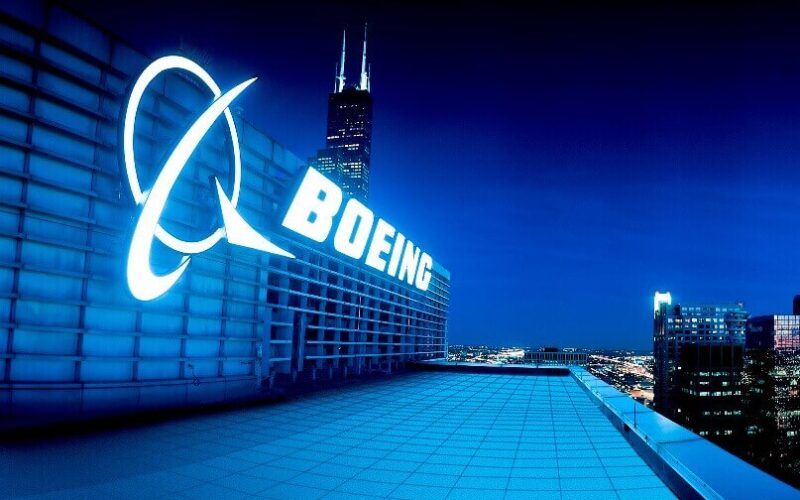After a second crash involving Boeing 737 MAX 8 aircraft within five months, unease regarding MAX planes safety is prevailing. Attempts to calm the public and advocate waiting for official investigation results appear to be failing and Boeing can already feel the results of its shaken reputation.
Ethiopian Airlines flight ET 302 crashed minutes after takeoff in Addis Ababa (Ethiopia), on March 10, 2019, killing all 157 people onboard. Less than five months ago, on October 29, 2018, Lion Air Flight JT610 with 189 people on board crashed into the sea 13 minutes after taking off from the Jakarta Soekarno Hatta International Airport.
So far it is known that the two incidents have two similarities: both involved months-old Boeing MAX 8 aircraft and both crashed during the take-off phase. The Federal Aviation Administration (FAA) points out there is not enough data to draw clear links between the two accidents.
“External reports are drawing similarities between this accident and the Lion Air Flight 610 accident on October 29, 2018,” FAA statement reads. “However, this investigation has just begun and to date we have not been provided data to draw any conclusions or take any actions”.
FAA is far from being the only advocate for investigation results. Several airlines around the world, including Ethiopian, have also tried to take this position and remind the public that thorough investigation has been launched to answer what actually happened.
Despite that, public pressure appears to be taking its toll. There are 387 MAX airplanes (of both available MAX 8 and MAX 9 variants) operated by 59 airlines worldwide, the attention is turning to each individual operator.
Take, for instance, Ethiopian airlines. During the press conference just after the crash, Ethiopian Airlines Group CEO Tewolde GebreMariam told journalists that there is no intention to ground the remaining MAX fleet before investigation determines causes of the crash. Hours later, the airline announced grounding the planes after all.
Similarly, Aeromexico also tried to avoid speculation of MAX aircraft trustworthiness. On March 11, 2019, the carrier released a statement, claiming that it is keeping in touch with [the aircraft] manufacturer and aviation authorities. The airline claimed it maintains confidence that its MAX planes are safe: “These aircraft are in perfect condition and in compliance with their maintenance programs”.
Hours later, also on March 11, the airline released an “updated” announcement, stating that it is temporarily suspending operations of the six Boeing 737 MAX 8s, until further information on the ET302 crash investigation is available.
On March 10, 2019, another MAX operator, Air India this time, took to social media to express sympathy for ET302 victims. Take a look at the comments under the announcement (below).
Our thoughts and prayers are with the families and friends of passengers and crew members of Ethiopian Airlines flight #ET302. May their souls rest in peace.
— Jet Airways (@jetairways) March 10, 2019
On March 12 the airline admitted: “We are currently not flying any of our B737 MAX aircraft. We are also in contact with the manufacturer and the regulator in the context of this development and remain committed to implementing all directives or advisories that may be published by those authorized”.
So what about Boeing?
“The 737 MAX is a safe airplane,” the manufacturer maintains in its software (pending) upgrade announcement on March 11, 2019. A flight control software enhancement for the 737 MAX will be “deployed across the 737 MAX fleet in the coming weeks” in order to make an “already safe aircraft even safer”.
But that does not appear to be reassuring enough. On March 11, the company’s share price had already fallen by approximately 13.5%, making it the largest daily loss the company has experienced since September 11, 2001 attacks, Bloomberg estimates.
On March 13, 2019, Boeing was supposed to roll out its newest aircraft – the 777X. Following Ethiopian ET302 crash, public ceremonies were postponed without providing a rescheduled date.

